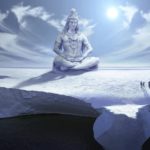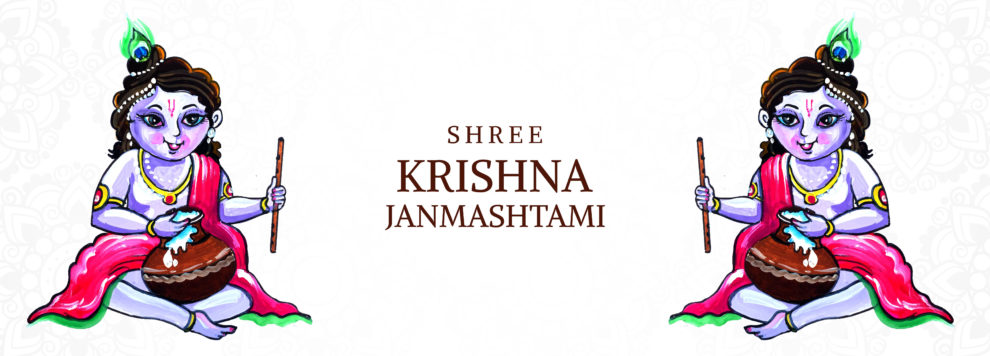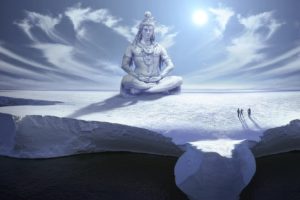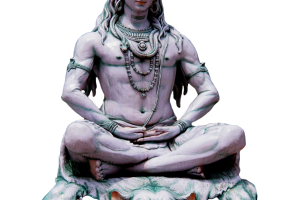According to the Hindu lunar calendar, Shrikrushna was born on Shravan Krushna Paksha Ashtami (Eighth day of the dark fortnight of Shravan) at midnight, when the moon was in Vrushabh formation with the lunar asterism, Rohini. This day is also known as Janmashtami (or Gokulashtami). He incarnated five thousand years ago, which coincided with the end of Dwaparyug and the beginning of Kaliyug (The era of strife). When compared with other days, Shrikrushna Principle is a thousand times more active on this day. Chanting ll Om Namo Bhagawate Vasudevaya ll and worshiping Shrikrushna with bhav (Spiritual emotion) will help in getting maximum benefit of His Principle.
Chanting Shrikrushna’s Name invokes His presence within the self since God and His Name are one. Shrikrushna’s Name and His qualities are synonymous, meaning, all His qualities are in His Name. Thus, chanting Shrikrushna’s Name will certainly bring His presence and blessings in our life.
At midnight, the ritual of Arati (Waving of a lit lamp) is performed. Janmashtami is especially significant from the perspective of establishing Dharma (Righteousness) and surrendering unto Shrikrushna.
When women fast on Janmashtami, and keep a vrat (Vowed religious observance) on Rushipanchami, it reduces the effects of menses, impurity resulting from a birth/death in the family and touch on them. The effects on men are reduced by taking atonements such as tonsuring, and those on a Vastu (Premises) are reduced by performing the ritual of Udakshanti.
Gokulashtami celebrations
Fasting the whole day, the birth of Balkrushna is celebrated at midnight on Shrikrushna Jayanti. At midnight, Arati is performed.
Shrikrushna’s Idol or photo is placed with devotion in a swing. He is offered many sumptuous dishes, in particular kheer or halva/sheera. The fast is also ended by partaking this Prasad (Holy sacrament) at midnight or by partaking dahikala the morning after Gokulashtami.
Temples are decorated on the occasion. Kirtans are sung, bells are rung, the conch is blown, and Sanskrut hymns are recited in praise of Shrikrushna. In Mathura, special spiritual gatherings are organised on this day. Pilgrims from all over Bharat attend these festive gatherings.
Kala is a mixture of various eatables, curds, milk and butter. When grazing the cattle with the cowherds in Vraj, Shrikrushna mixed the food brought by His companions with His own to make a kala, and ate it with them.
In keeping with this, later it became customary to prepare kala and break a hanging pot of curds on the day after Gokulashtami.
Significance of the celebration
Shrikrushna Jayanti is especially significant from the perspective of establishing Dharma (Righteousness) and surrendering unto Shrikrushna.
Since we are engrossed in Maya (The Great Illusion), Shrikrushna incarnates in this Maya with us, establishes Dharma and saves us from Maya. We can only overcome and go beyond Maya if we surrender unto Shrikrushna, as Arjun did during the fierce battle of Mahabharat.
‘Where there is Shrikrushna, there is Dharma; where there is Dharma, there is victory. Since Duryodhan, leader of Kouravs, did not abide by Dharma, he did not have support of Shrikrushna. No Shrikrushna, no victory !’ – Sage Ved Vyas
Reproduced with permission from https://www.sanatan.org/en/
The comments are owned by the author. We aren’t responsible for their content.













Add Comment